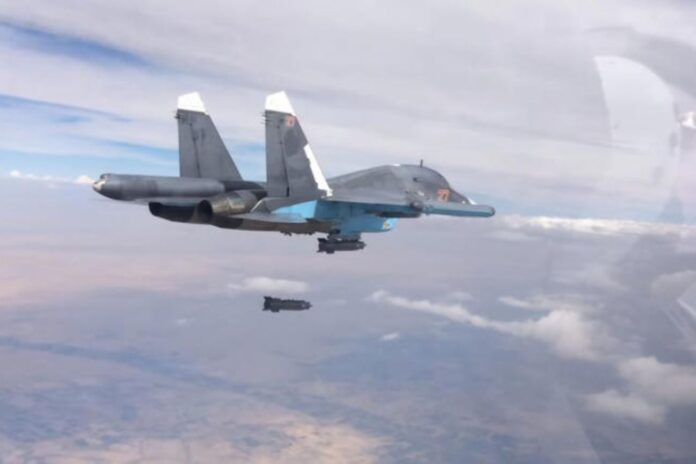Russia’s military aviation sector is facing one of its most significant crises yet, as reports reveal the loss of over 300 aircraft in what experts are calling a “costly and unsustainable” setback. These figures, stemming from the ongoing conflict in Ukraine and other operational mishaps, are casting a shadow over Russia’s once-vaunted aerial capabilities.
Mounting Losses Amid Prolonged Conflict
According to recent reports, the Russian Air Force and allied aviation units have seen a staggering toll on their fleet. These losses include advanced fighter jets, transport aircraft, and attack helicopters, many of which were deployed in contested zones over Ukraine. Analysts suggest that the combination of advanced Western-supplied air defenses to Ukraine and logistical mismanagement has left Russia’s aviation units particularly vulnerable.
The Ukrainian military claims to have downed numerous Russian aircraft, using systems such as the U.S.-supplied Patriot missiles and homegrown anti-aircraft weaponry. The losses have not only impacted Russia’s air power but also its global standing as a leader in military aviation.
Economic and Strategic Fallout
The financial implications of losing over 300 aircraft are enormous. Estimates suggest that these losses could amount to billions of dollars, further straining an economy already grappling with sanctions and rising military expenditures. Each advanced fighter jet can cost tens of millions of dollars, not to mention the loss of highly trained pilots and crew members.
Strategically, the setbacks are creating significant challenges for Moscow’s military objectives. With fewer aircraft available for operations, Russia’s ability to project air superiority has been diminished. This shift could have long-term consequences for its broader military strategy and influence in contested regions.
What This Means for the Conflict
Experts believe that the continued degradation of Russia’s aviation fleet could tilt the balance in Ukraine’s favor. The loss of air superiority has already hampered Russia’s ability to execute complex military operations, including troop deployments and close air support missions. This dynamic may embolden Ukraine’s counteroffensive efforts, which have been gaining momentum in recent months.
Global Implications
The aviation crisis also has global ramifications, as it underscores the growing effectiveness of modern anti-aircraft systems against traditional air forces. This could signal a shift in military doctrines worldwide, emphasizing the importance of drone warfare, cyber tactics, and advanced defense systems over conventional air power.
For Russia, the road to recovery appears steep. Replenishing its aviation fleet will require years of production and significant financial resources. Additionally, the need for technological upgrades to counter emerging threats will likely place further strain on its defense industry.
Conclusion
The loss of over 300 aircraft marks a turning point for Russia’s military aviation sector, raising questions about its long-term viability and effectiveness. As the conflict continues, the repercussions of these setbacks will undoubtedly influence both the battlefield and geopolitical landscapes for years to come.

